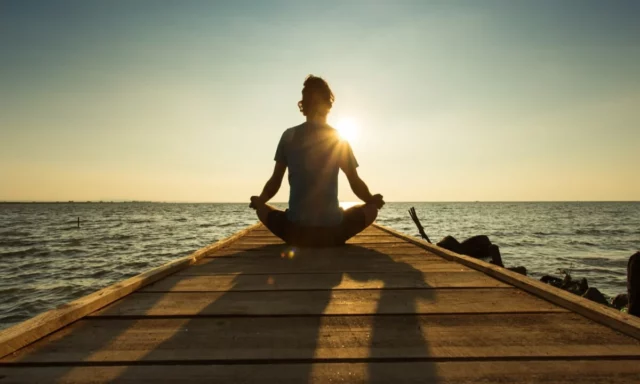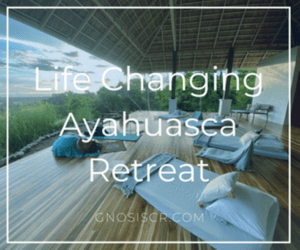Self-observation, meditation and full attention to daily life. They are the three keys to mindfulness. They seem somewhat abstract concepts and difficult to understand, but the explanation is accessible.
Self-observation is based on a mind full of presence, that is, a mind trained to live in the present moment, without prejudice, prepared for the future and focused on the here and now.
Mindfulness is a training that allows you to end the dispersion of the mind, which is always wandering between the past and the future and never focused on the present. Happiness cannot be found in the future, the only way to feel it is in the present moment. Therefore, it is important to realize what is being experienced at this very moment.
The “training is simple, you just need to commit. You have to stop and watch. See how you feel at this moment, what emotions are you experiencing, if calm, if speaking quickly, etc.” The second point is meditation. “Being in the presence, seeing what goes through the mind without intervening, observing what is there.”
Finally, it explains what full attention to everyday life is. “When doing any task, like peeling an onion, you have to do it carefully. Sometimes we do things automatically, without realizing it. Mindfulness consists of replacing this automation with the conscious and voluntary. A good example is trying to be conscious when walking, realizing that we are walking, and not doing it as a mechanical habit. Once these three terms are known, the question is: where do I start?

Here we summarize the first steps to take on a day-to-day basis:
1) Stop and watch
It is about stopping, breathing and observing what is happening in the body at that very moment. See what is going through your head and what feelings you have. Maybe you are hungry, you are tired, your jaw is clenched, your shoulders are raised, etc. Focus on this for a moment and continue with the task you were doing. “This takes you out of the circle of unconsciousness, brings you to the present and helps you relax.”
2) Take a step back
This is another way of looking. Get out of our own mind and observe our thoughts, but not from the inside, but as a spectator, from the outside. It is a task that can be performed several times a day for a short period of time. What it does is “remind us that we are not what we thought we were so many times”.
3) Return to the here and now
Set an alarm three times a day to bring us back to the here and now. It would be necessary to stop, take three conscious breaths and continue with the task.
4) Breathe
The fourth activity consists of taking 40 breaths, counting each one as you exhale. In this way, conscious breathing is practiced and the mind becomes quiet. The expert suggests not accelerating the pace and, “if you get lost, pick up the count and continue until you reach 40.”
5) Accept new thoughts and emotions
New emotions, ideas and sensations continually arrive. Whether they are good or bad, we are committed to welcoming and serving them. “Be grateful that they come.” In short, attend to and observe the new emotions that come to your body.


